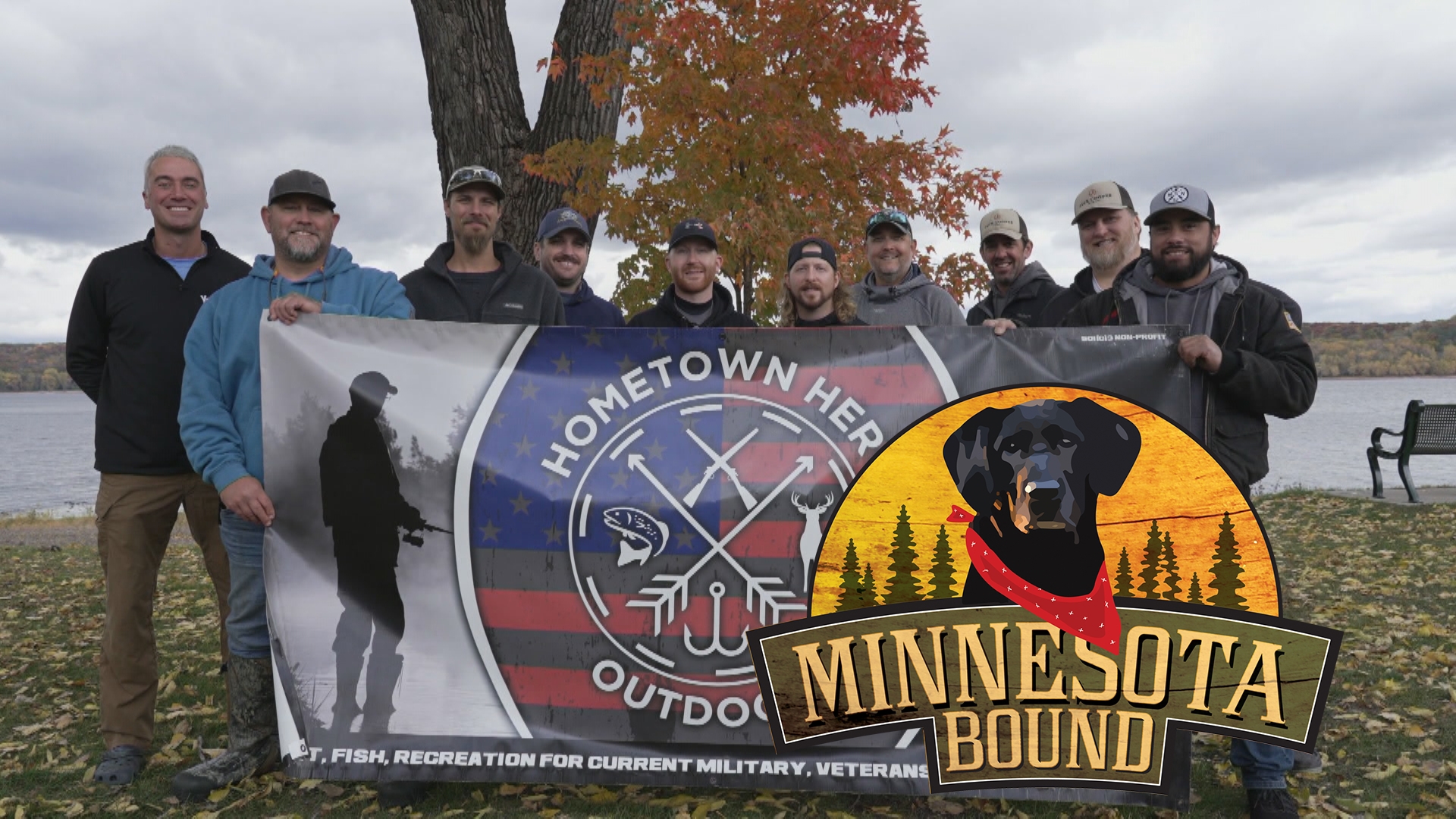MINNEAPOLIS — Minneapolis has long been known as the "City of Lakes," but may soon have to change its moniker.
The Trust for Public Land on Wednesday announced that the Minneapolis city park system is tops in the country, bumping Washington D.C. out of the number one spot. Minneapolis claimed top honors largely because of new park acquisitions and strategic expansions. The Trust for Public Land's ParkScore data shows that 98% of Minneapolis residents live within a 10-minute walk of a park, up from 96% last year. The city has held the top spot in four of the past five years.
“We are honored by the top ranking and recognize how important parks are to all Minneapolis residents, particularly during this national health crisis,” said Al Bangoura, Superintendent of the Minneapolis Park and Recreation Board. “We remain committed to providing critical park improvements and services, with a focus on the most racially diverse and economically challenged areas of the city. For years we have used equity tools and metrics in establishing our annual budget, capital improvement budget and recreation programming, and we will continue to do so during this pandemic.”
St. Paul's parks, which were ranked number 2 last year, slipped one spot to third in the country, but Minnesota's Capitol City still has plenty to brag about. The St. Paul park system received strong marks on all ParkScore rating factors, but its final ranking was hurt by the city’s median park size of 3.2 acres, which is significantly smaller than the national ParkScore average of 5.2 acres.
Here is the ParkScore top ten list of park systems.
- Minneapolis, MN: 85.3
- Washington, DC: 83.3
- Saint Paul, MN: 82.5
- Arlington, VA: 81.5
- Cincinnati, OH: 80.6
- Portland, OR: 79.8
- Irvine, CA: 79.6
- San Francisco, CA: 78.9
- Boston, MA: 76.5
- Chicago, IL: 76.0
These communities were ranked lowest in the U.S.
- Hialeah, FL:33.1
- Baton Rouge, LA: 32.0
- Fresno, CA: 31.8
- Lubbock, TX: 31.6
- Ft. Worth, TX: 31.2
- Charlotte, NC: 29.8
- Mesa, AZ: 29.0
- Oklahoma City: 23.8
ParkScore rankings are based equally on four factors:
Park access, which measures the percentage of residents living within a 10-minute walk of a park; Park acreage, which is based on a city’s median park size and the percentage of city area dedicated to parks; Park investment, which measures park spending per resident; and park amenities, which counts the availability of six popular park features: basketball hoops, off-leash dog parks, playgrounds, "splash pads” and other water play structures, recreation and senior centers, and restrooms.
“Parks are a critical part of health and wellness - reducing anxiety, stress, and depression and improving physical health - all the more necessary during this public health emergency,” says Sadiya Muqueeth, DrPH, MPH, Director of Community Health at the Trust for Public Land. “Sunlight, fresh air, exercise, and access to nature all have a positive effect on our physical health and emotional well-being.”
Analysts at The Trust for Public Land warn that the economic downturn caused by the COVID-19 pandemic will strain municipal budgets, and threaten progress on parks.



